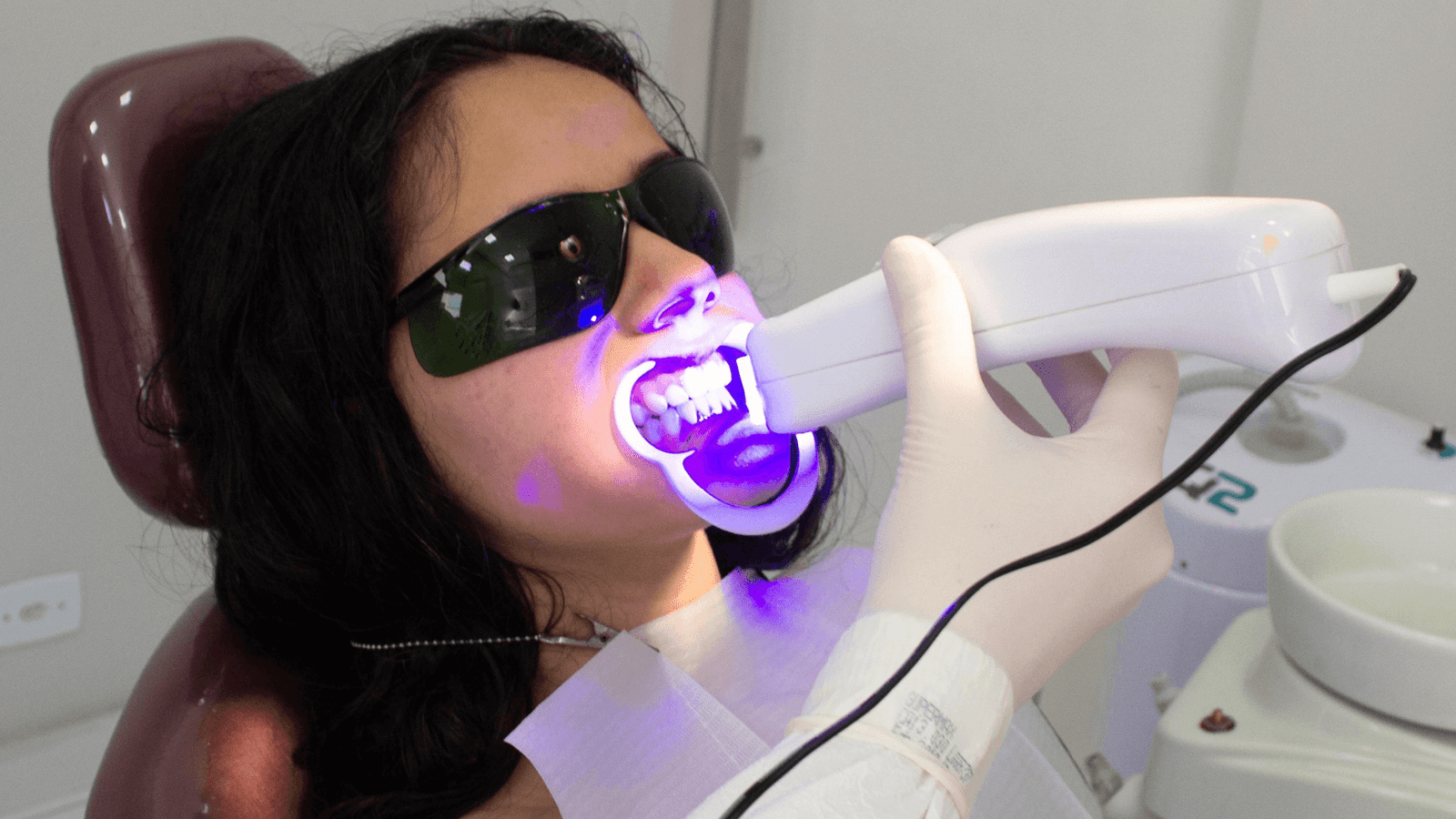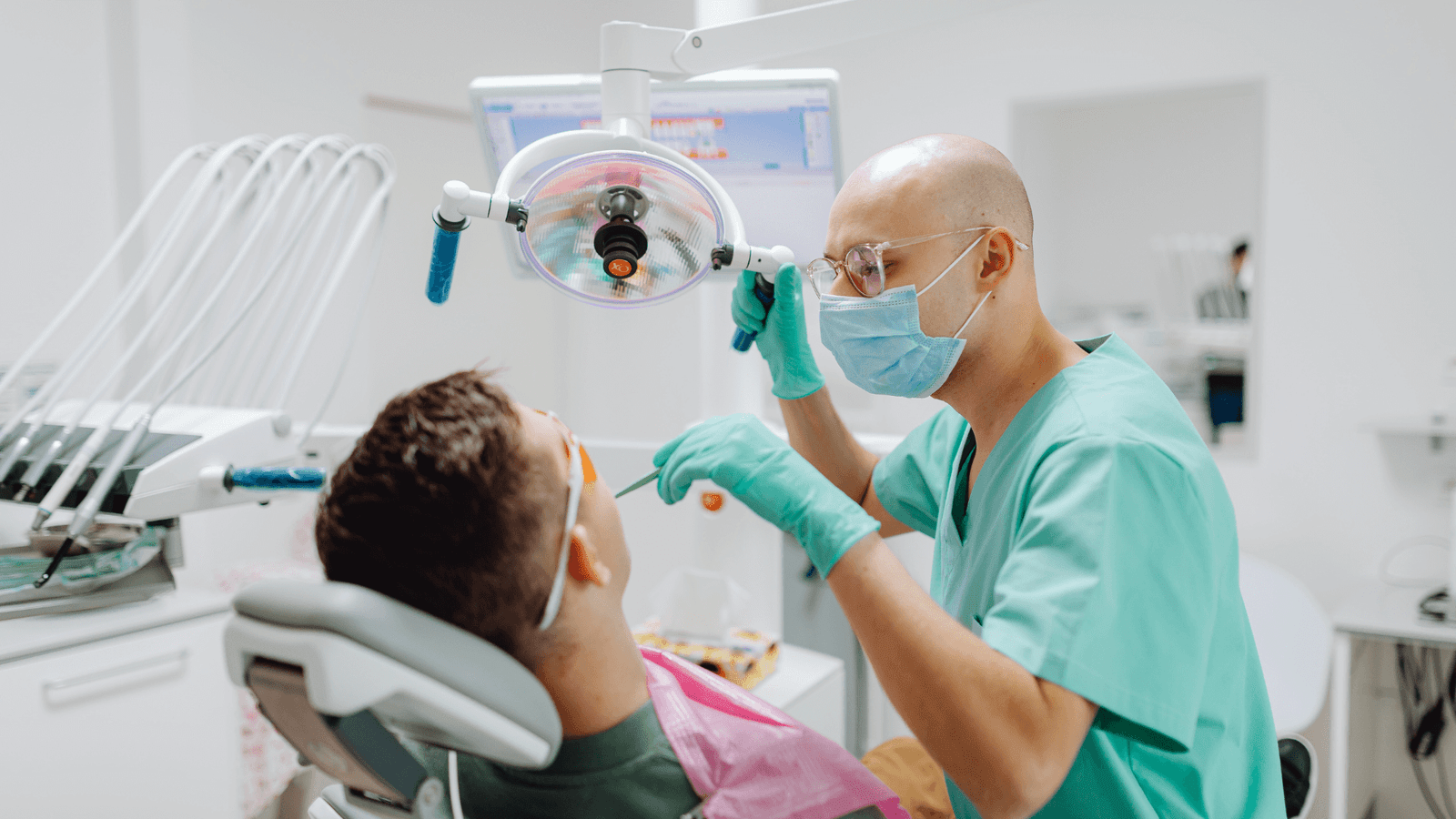97% of people searching for dental services online never scroll past the first three Google results. Yet I just audited 200 dental clinic websites, and 84% of them are optimizing for keywords that patients stopped using three years ago.
While you’re trying to rank for “best dentist in [city]”, a search that generates maybe 50 monthly searches, your potential patients are typing things like “tooth pain emergency near me open now” and “dentist that takes Aetna insurance same day appointment.” These high-intent searches happen thousands of times every month, but most practices are completely invisible for them.
The practices that figured this out aren’t just getting more website traffic, they’re generating qualified leads that convert into $3,000+ treatment plans. The difference between ranking #4 and #1 for the right keywords can literally mean the difference between a struggling practice and a thriving one.
The S-E-R-P Framework That’s Transforming Dental Lead Generation

After working with dental practices that went from 12 monthly leads to 180+ leads through strategic SEO, I’ve developed the S-E-R-P framework that consistently delivers results. This system has helped practices increase their online lead generation by an average of 423% within 12 months.
S – Search Intent Mapping: Target keywords based on actual patient behavior, not industry assumptions
E – Experience Optimization: Create web experiences that convert searchers into appointment bookings
R – Reputation Integration: Leverage reviews and social proof as ranking and conversion factors
P – Performance Tracking: Measure what matters for lead generation, not vanity metrics
This isn’t about gaming Google’s algorithm, it’s about becoming genuinely helpful to people searching for dental care online. When you nail this approach, SEO becomes your most reliable lead generation channel.
Dental Search Intent

Most dental SEO completely misses the mark because it’s based on what practice owners think patients are searching for, not what they’re actually typing into Google. Let me break down the four types of dental searches that actually generate leads:
Emergency Intent Searches: These are gold mines for immediate conversions. People searching “severe tooth pain relief” or “broken tooth repair urgent” are ready to book appointments today. These searches happen 24/7 and often convert at rates above 40% because the need is immediate and urgent.
Procedure Research Searches: Patients exploring specific treatments like “Invisalign cost and process” or “dental implant recovery time” are typically 3-6 months away from booking, but they’re valuable long-term leads. They’re doing serious research, which means they’re serious about treatment.
Local Discovery Searches: Terms like “family dentist near [specific neighborhood]” or “pediatric dentist that takes insurance” indicate people actively looking for a new dental home. These searchers are comparing options and often book within 2-4 weeks.
Problem-Solution Searches: Queries like “how to fix gap between front teeth” or “what causes constant bad breath” represent people identifying dental issues. They might not be ready to book immediately, but they’re prime targets for educational content that builds trust.
The practices winning at SEO focus 80% of their keyword strategy on these four categories instead of generic competitive terms that sound impressive but don’t drive appointments.
The Lead-Generating Content Strategy
Here’s where most dental websites fail miserably: they create content that sounds professional but doesn’t answer the questions potential patients are actually asking at 2 AM when their tooth is throbbing.
Your content strategy needs to intercept people at different stages of their dental journey. Emergency content should provide immediate relief advice while positioning your practice as the solution. Procedure-focused content should address the real concerns people have, not just clinical details, but practical concerns like time off work, pain management, and insurance coverage.
Create comprehensive resource pages for your most profitable services. Instead of a basic “We offer crowns” page, develop detailed guides covering everything a patient wants to know: when crowns are necessary, the complete process from start to finish, what to expect during recovery, how to care for crowns long-term, and real cost breakdowns including insurance considerations.
The secret is addressing the questions patients are too embarrassed to ask during consultations but are desperately searching for online. Topics like “Will my dental work be noticeable?” or “What if I’m terrified of dental procedures?” These searches have lower competition but incredibly high conversion potential.
Your content should also leverage the “problem-solution-appointment” pathway. Start by thoroughly explaining a dental problem, provide some immediate relief or prevention tips to build trust, then naturally transition to how your practice solves the underlying issue professionally.
Technical SEO That Actually Moves the Needle

Most dental practices waste time on technical SEO elements that don’t impact lead generation. Here’s what actually matters for getting found by potential patients:
Page Speed for Mobile: Google prioritizes fast-loading mobile sites, and 73% of dental searches happen on phones. If your site takes more than 3 seconds to load, you’re losing potential patients before they even see your content. This is especially critical for emergency searches where people need information immediately.
Local Business Schema: This structured data tells Google exactly what services you offer, where you’re located, your hours, and what insurance you accept. Practices with properly implemented schema markup are 58% more likely to appear in local search results and Google Maps.
Geographic Optimization: Your website should be optimized for all the neighborhoods and communities you serve, not just your exact city. Create location-specific pages for areas within a 20-minute drive of your practice. Include local landmarks, mention neighborhood-specific concerns, and reference other local businesses.
Review Integration: Your website should dynamically display recent patient reviews, not just testimonial quotes you selected three years ago. Fresh, specific reviews about actual procedures help with both search rankings and conversion rates.
Skip the technical obsessions that don’t drive appointments. Having a perfect technical SEO score means nothing if you’re not generating qualified leads from the right keywords.
The Local Dental SEO Playbook

Local SEO for dental practices is completely different from general SEO, and the practices that understand this difference are capturing the majority of local search traffic.
Your Google Business Profile is your most powerful local SEO tool, but most practices are using it wrong. Instead of basic information, create detailed service descriptions that include the problems you solve, not just the procedures you perform. For example, instead of “Root Canal Therapy,” use “Severe Tooth Pain Relief and Root Canal Treatment.”
Post regular updates that answer common patient questions. Google loves fresh, helpful content on business profiles. Share before-and-after photos (with patient permission), explain new technologies you’ve adopted, and address seasonal dental concerns like holiday eating and oral health.
Encourage reviews that mention specific services and problems you solved. A review saying “Great experience!” doesn’t help your SEO. But a review saying “They fixed my broken molar quickly and the crown looks perfect” helps you rank for multiple relevant searches.
Build citations consistently across dental-specific directories, not just general business directories. Healthgrades, Zocdoc, and Insurance provider directories carry more weight for medical searches than generic business listings.
Converting SEO Traffic Into Actual Appointments

Getting traffic to your website is only half the battle. The practices generating the most leads from SEO have conversion-optimized websites that turn visitors into appointment bookings.
Your homepage should immediately address the most common urgent concerns. Include prominent emergency contact information, clear calls-to-action for scheduling, and social proof that builds trust quickly. Many potential patients are visiting your site because they’re in pain or anxious about dental treatment, your design should acknowledge and address these emotional states.
Create dedicated landing pages for your highest-value services and most searched keywords. A generic services page won’t convert as well as a targeted page specifically about “Same-Day Crown Treatment” or “Anxiety-Free Dental Care.” These focused pages can address specific concerns and objections related to each service.
Implement multiple conversion pathways beyond phone calls. Online scheduling, callback requests, and live chat can capture leads from visitors who aren’t ready to call immediately. Some people prefer to book appointments online at 11 PM rather than calling during business hours.
Use exit-intent popups strategically on high-traffic pages. Offer valuable resources like “Emergency Dental Pain Relief Guide” or “Questions to Ask Before Choosing Invisalign” in exchange for contact information. This captures leads from people who aren’t ready to book but are interested in your services.
AI-Era SEO: Preparing for the Future of Dental Search
The biggest change coming to dental SEO isn’t a Google algorithm update, it’s how patients are using AI assistants to research dental care. Smart practices are already optimizing for this shift.
AI systems recommend dental practices based on comprehensive, authoritative information available online. This means your SEO strategy should include creating detailed, helpful content that demonstrates expertise beyond basic service descriptions.
Structure your content to be easily understood by AI systems. Use clear headings, answer common questions directly, and provide specific, factual information about procedures, costs, and outcomes. AI assistants favor sources that provide complete, accurate information over marketing fluff.
Maintain detailed, up-to-date professional profiles across multiple platforms. AI systems cross-reference information from various sources when making recommendations. Consistency in your credentials, specializations, and service offerings across all platforms improves your chances of AI recommendation.
Measuring SEO Success: The Metrics That Matter
Most dental practices track the wrong SEO metrics and miss opportunities to optimize their lead generation. Forget about domain authority scores and focus on metrics that directly correlate with practice growth.
Track keyword rankings for high-intent, procedure-specific searches rather than vanity keywords. Ranking #1 for “dentist” means nothing if you’re #15 for “emergency tooth repair” and “Invisalign consultation.”
Monitor conversion rates from organic traffic to appointment bookings, not just website visits. Some keywords might drive lots of traffic but terrible conversion rates, while others generate fewer visits but higher booking rates. Focus your efforts on the latter.
Measure lead quality, not just lead quantity. A visitor who books a consultation for a full mouth reconstruction is worth 50 times more than someone who calls asking about pricing but never schedules. Track which keywords and pages generate your highest-value appointments.
Calculate the lifetime value of patients acquired through different SEO efforts. This helps you prioritize which types of content and keywords deserve the most attention and resources.
The practices that win at SEO treat it as a lead generation system, not a traffic generation game. Every piece of content, every optimized page, and every local SEO effort should be evaluated based on its ability to generate qualified appointment bookings.

